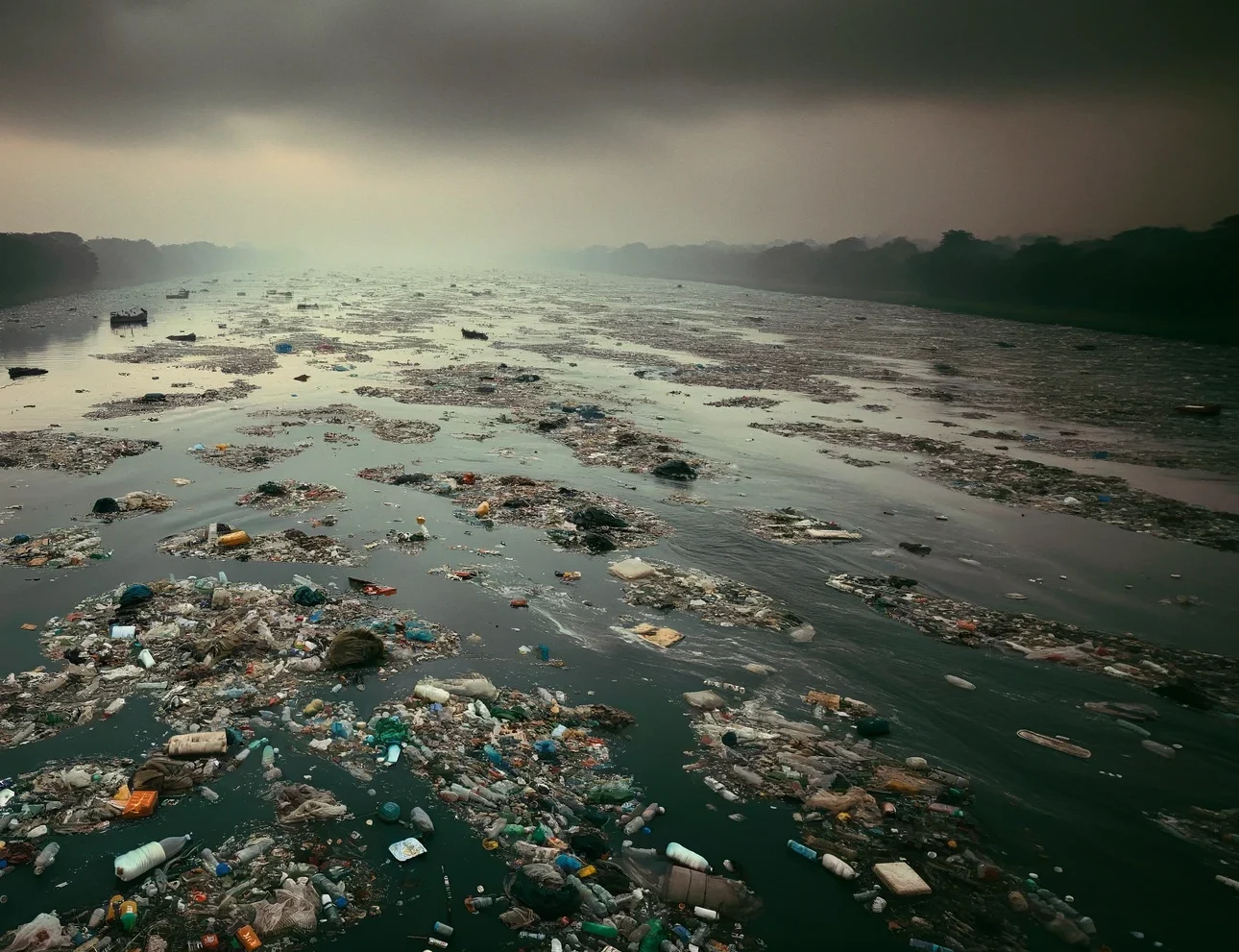Drinking 250 milliliters of soft drink using a plastic straw takes two minutes. Even if you toss away the bottle and straw right away, the chemical components in them will stay in nature for up to 500 years. Every year, Bangladesh produces 821,250 metric tons of plastic trash. Department of Environment (DoE) research shows that just 293,825 metric tons of trash were recycled, while 527,425 metric tons end up in landfills and the natural environment.
2.4% of the world’s poorly managed plastic trash originates in Bangladesh, according to ResearchGate, a European business social media site. The research by the Department of Energy shows that just 36% of plastic garbage gets recycled, despite claims by industry participants that the nation is home to 300 plastic recycling companies capable of recycling 50% of all plastic waste. The majority of recycling facilities are tiny and do not meet environmental standards. According to sources within the industry, the majority of the country’s major plastic producers have their own recycling facilities. The plants are run on a very small scale, though.
The World Bank conducted a nation-wise research, and according to Dandan Chen, the acting country director for Bangladesh and Bhutan, 3.4% of Bangladesh’s GDP was lost in 2015 alone as a result of pollution and environmental degradation in metropolitan areas. About 20% more plastic garbage, including personal protective equipment and other hazardous waste, was generated as a result of the COVID-19 outbreak, which only made the problem worse. Dandan Chen argued that in order for Bangladesh’s economy to recover robustly, the country must take measures to combat environmental degradation and promote green growth.
The majority of single-use plastics are not recyclable, making them a particularly problematic component of overall plastic waste. A research conducted by the Environment and Social Development Organization (ESDO) found that 86,707 tons of single-use plastic garbage is produced in Bangladesh each year, with 96% of that amount coming from packaging for food and personal care products. The Environmental Science and Development Organization reports that when around 12% of plastic from municipal solid trash is burned, harmful substances such as dioxin, furans, mercury, and polychlorinated biphenyls are released into the air. As plastic breaks down, it releases greenhouse gases into the atmosphere, which exacerbates climate change. A third of all plastic trash ends up in waterways like rivers and canals before it reaches the ocean. By the year 2050, nearly all seabirds will have consumed some kind of plastic, according to scientists.
Plastic’s Lasting Impact: Bangladesh’s Environmental Crisis




